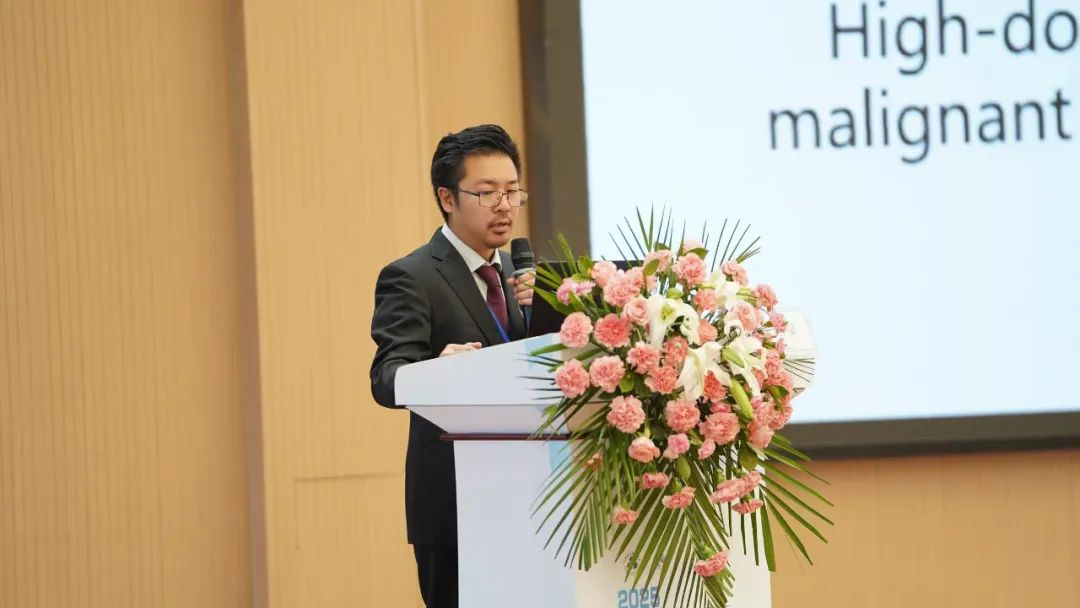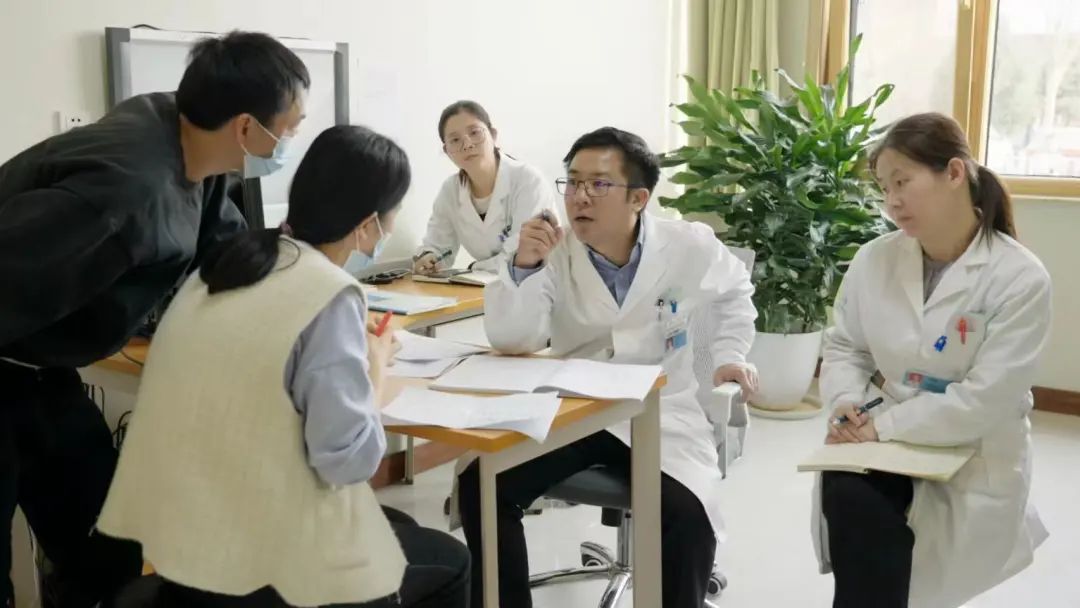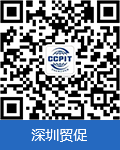大阪世博会特别呈现:日本人在深圳③| Japanese expert explores proton therapy in SZ
From May 12-14, 2025, the China Pavilion at Expo 2025 Osaka will host "Shenzhen Week."
To mark this occasion, Shenzhen Daily and EyeShenzhen, a multilingual international portal, have produced a special video and report series about Japanese in Shenzhen. The collection features diverse perspectives from Japanese corporate executives, chamber of commerce leaders, entrepreneurs, educators, and community volunteers, all sharing their unique "Shenzhen Stories."
2025年大阪世博会中国馆将于5月12-14日举办“深圳周”。为此,EyeShenzhen九语种国际门户网站和英文《深圳日报》特别策划制作了“日本人在深圳”中英日三语系列视频, 采访在深的日资企业高管,商会领袖,创业者,教育工作者和社区义工等,通过不同维度讲述他们的“深圳故事”。
Shimizu Shosei, former attending physician at the Proton Therapy Center of the University of Tsukuba Hospital in Japan, now regards Shenzhen as his second hometown. As an expert on proton therapy for pediatric tumors, Shosei is driving breakthroughs in, and the popularization of, proton therapy technology in China.
"中国是亚洲最具活力的国家,而深圳的开放包容,正是质子治疗发展的理想土壤。"日本筑波大学附属医院质子治疗中心前主治医师清水翔星,如今将深圳视为"第二故乡"。这位长期深耕儿童肿瘤质子治疗领域的专家,正以十年为刻度,推动中国质子治疗技术的突破与普及。

Shimizu Shosei, a Japanese radiation oncologist specializing in clinical practice and research on proton therapy. He worked at Cancer Hospital Chinese Academy of Medical Sciences, Shenzhen Center before working at Hebei Yizhou Cancer Hospital. Photos courtesy of the interviewee
Shimizu’s bond with Shenzhen began through the sister-city cooperation between Shenzhen and Tsukuba. Years ago, while hosting a Shenzhen medical delegation, he became deeply impressed. “The Shenzhen team asked about every detail of proton therapy, and their urgent determination to improve medical standards really moved me,” he recalled.
清水翔星与深圳的缘分始于深筑两地的友好城市合作。多年前接待深圳医疗考察团的经历,让他对这座城市的求知欲与行动力印象深刻。"当时深圳团队对质子治疗的每一个细节都追问到底,这种迫切提升医疗水平的决心打动了我。"他回忆道。
Invited by the Cancer Hospital Chinese Academy of Medical Sciences, Shenzhen Center, in 2023, he came to shenzhen to contribute to the development of proton therapy in the city.
2023年,他受邀来到深圳并就职于中国医学科学院肿瘤医院深圳医院,希望能为深圳的质子治疗发展做出贡献。

Parents of a child consult with Professor Shimizu.
Proton therapy precisely targets tumors with millimeter accuracy by delivering a concentrated dose of radiation that stops at the tumor site, largely sparing healthy tissues beyond it. This unique property makes it especially suitable for children, significantly reducing harm to developing organs and tissues compared to conventional radiotherapy, which delivers radiation along its entire path through the body.
While proton therapy is a very beneficial technology, its widespread adoption faces global challenges such as high equipment costs and demanding technical requirements.
质子治疗能以毫米级精度靶向肿瘤,尤其适合儿童患者,可显著减少传统放疗对发育中组织的伤害。但这项技术面临设备成本高、技术门槛严苛的全球性难题。
Shimizu believes Shenzhen’s fast-paced environment is the key to overcoming these barriers.
“Here, decisions are made quickly and resources are integrated efficiently. Several hospitals in Shenzhen are already planning proton centers. The next step is for the government, hospitals, and enterprises to jointly address the long-term investment needed.”
清水翔星认为,深圳的"快节奏"正是破局关键:"这里既有快速决策能力,又能高效整合资源。目前深圳已有医院规划质子中心,下一步需要政府、医院与企业形成‘铁三角’,共同解决长期投入问题。"
“People always want immediate results, but the global adoption of proton therapy requires five to ten years of patience,” Shimizu admitted.
He highlighted three major challenges for developing proton therapy in China: professional development, medical insurance, and standardization. To increase the number of qualified professionals in the field, he is advocating for a China-Japan training system that would see Chinese doctors go to Japan for advanced learning and training.
To overcome insurance challenges, he has recommended exploring a combined commercial-public healthcare insurance model to alleviate the financial burden on patients. Lastly, to ensure overall industry quality, Shosei believes that regulations should be created to ensure that every process, from equipment maintenance to safety management, meets international standards.
"人们总希望立刻见效,但质子治疗需要5年、10年的耐心。"清水翔星直言。他提出中国发展质子治疗的三大挑战:人才培养:建立中日联合培训机制,系统性输送医生赴海外学习;医保衔接:探索"商业保险+公共医保"模式,降低患者经济负担;标准化建设:从设备维护到安全管理,"每一步都要对标国际"。

Professor Shimizu takes a photo together with his mentor, Professor Sakurai Hideyuki from the Proton Therapy Center at the University of Tsukuba.
Shimizu has built a fulfilling life in Shenzhen and integrated into the community — most of his friends are Chinese colleagues and he married a Chinese woman.
Explaining how the city's natural landscapes have influenced him, he said, “The warm climate and extensive greenways have fostered my love for outdoor activities." Joking about his adoption of local culture, he said, "Enjoying dim sum and hiking Tanglang Mountain has made me 'half a Shenzhener.'"
工作之外,清水翔星的生活已深深融入深圳。"温暖的气候和满城的绿道让我爱上户外运动。"他笑着说。他的朋友圈多是中国同事,妻子也是中国人,"吃早茶、爬塘朗山,我成了‘半个深圳人’"。
As a bridge for medical collaboration between China and Japan, Shimizu eagerly anticipates the upcoming Osaka Expo, viewing it as an ideal platform for sharing technologies. “The Expo’s theme is ‘Designing Future Society for Our Lives,’ and proton therapy embodies this perfectly. It can help children’s futures shine once again.”
He advocates for joint China-Japan efforts in developing low-cost proton therapy technologies, emphasizing, “True accessibility means benefiting more children.”
作为中日医疗合作的桥梁,清水翔星期待大阪世博会成为技术共享平台。"世博会主题是‘生命闪耀’,质子治疗正是如此——它能让患儿的未来重新发光。"他呼吁中日联合研发低成本技术,"只有让更多孩子受益,才算真正实现‘可及性。’"
From Tsukuba to Shenzhen, Shimizu’s compassionate dedication transcends borders. In his eyes, Shenzhen’s innovative DNA and pragmatic spirit provide the ideal environment to cultivate a uniquely “Chinese model” of proton therapy — one poised to make a lasting impact on pediatric cancer care.
从筑波到深圳,清水翔星以医者仁心跨越国界。在他眼中,这座城市的创新基因与务实精神,正是孕育"中国模式"质子治疗的最佳土壤。



 粤公网安备44030002006641号
粤公网安备44030002006641号

